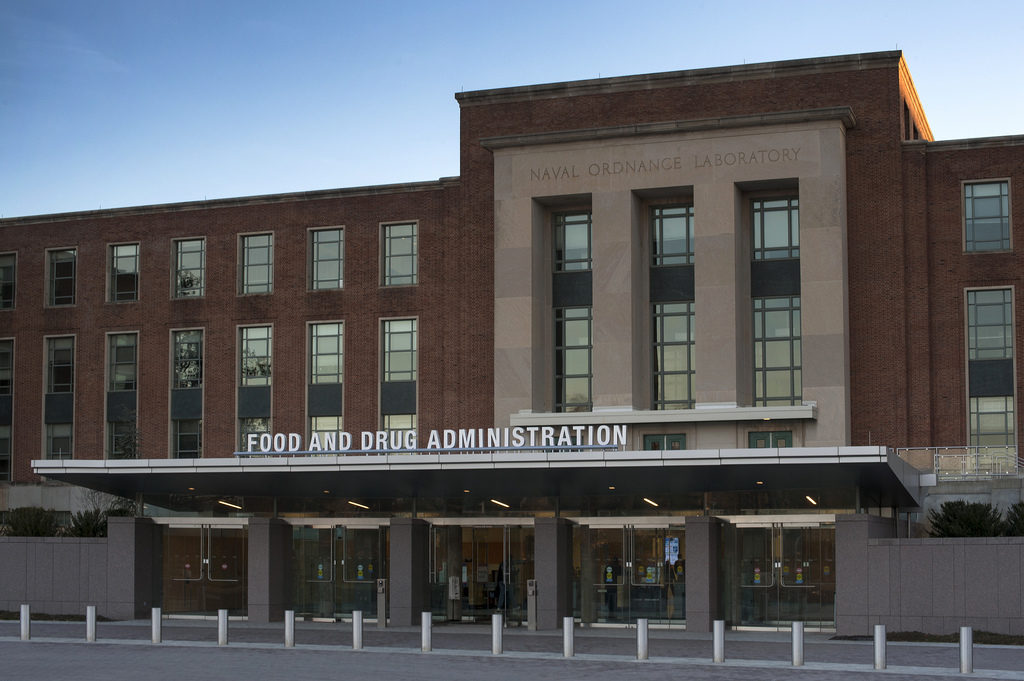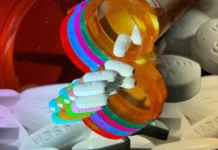A new column published in JAMA discusses the recommendations described by the recent report, Blueprint for Transparency at the U.S. Food and Drug Administration. In developing this blueprint, faculty from Johns Hopkins Bloomberg School of Public Health, Brigham and Women’s Hospital/Harvard Medical School, Yale Medical School, and Yale Law School, came together to improve transparency regarding product development, and therefore improve patient and public health.
“Increased transparency and data availability should lead to better use of existing therapies, greater innovation in new treatments, and, ultimately, in improved outcomes for patients in the United States and around the world.”

For years, patient advocates and researchers have expressed frustration regarding a lack of transparency in the drug development and approval process. The U.S. Food & Drug Administration (FDA) is a world-renowned regulatory agency, responsible for “oversight of every drug, biologic, and medical device sold in the United States.” Despite this active and pivotal role in the public health of the country, the processes regarding the analysis and policies that occur within the agency have been considered confidential.
“In 2015, researchers at FDA found that companies often fail to disclose the agency’s reasons for not approving product applications. For example, of 7 cases in which FDA had cited higher mortality in patients receiving the active treatment under study, only 1 company press release mentioned this concern.”
This lack of transparency has allowed that these processes be not only kept out of the public eye but also out of reach for the scientific community, which has caused confusion and mistrust. Although the FDA launched an initiative in 2010 called the Transparency Task Force to improve these practices, only some of their initial recommendations were adopted.
In the development of the blueprint, the team reviewed the work conducted by the 2010 task force, looked at the recent work from the European Medicines Agency, analyzed research on the FDA review process, and compiled feedback from other sources including patient advocacy groups, industry representatives, and consumer organizations. Authors of the blueprint detailed 18 recommendations, categorized into 5 focus areas. These 5 principle areas call for the FDA to:
- Disclose more information about key milestones in the application process
- Disclose more information on its decision making
- Disclose more about the process for generic drugs
- Correct misleading information in the market
- Disclose data from scientific studies in regards to medical products
Current FDA policies have allowed for issues that have caused unease for the public and the academic community, including not disclosing when a trial has been put on hold for safety reasons or when manufacturers have released misleading information about a product. Around the world, the value of transparency has been recognized, with others, including the European Medicines Agency, adopting policies to release more information than ever about the analysis of their products. As the report details, increased transparency can lead to more and better quality of evidence regarding clinical practice, faster innovation, and greater public trust in the FDA’s processes.
****
Sharfstein, J. M., & Stebbins, M. (2017). Enhancing Transparency at the US Food and Drug Administration: Moving Beyond the 21st Century Cures Act. JAMA. (Full Text)















What determines whether a substance is transparent? For instance, why is silicon transparent when it is glass but not when it is sand ? https://www.scientificamerican.com/article/what-determines-whether-a/
Most liquids and aqueous solutions are highly transparent. For example, water, cooking oil, rubbing alcohol, air, and natural gas are all clear. Absence of structural defects (voids, cracks, etc.) and molecular structure of most liquids are chiefly responsible for their excellent optical transmission. The ability of liquids to “heal” internal defects via viscous flow is one of the reasons why some fibrous materials (e.g., paper or fabric) increase their apparent transparency when wetted. The liquid fills up numerous voids making the material more structurally homogeneous.
https://en.wikipedia.org/wiki/Transparency_and_translucency
An object is said to be transparent when light passes through it without being dispersed, or scattered. Clear glass is transparent, and clean water is transparent. Although light travels through these materials, we know that they also block things like wind, sound waves and the movements of people and animals. For example, you can’t walk through glass. So, how can a light wave pass through the glass without being changed at all?
http://study.com/academy/lesson/transparent-and-opaque-materials-in-electromagnetic-waves.html
When light traveling in a dense medium hits a boundary at a steep angle, the light will be completely reflected. This effect, called total internal reflection, is used in optical fibers to confine light in the core. Light travels along the fiber bouncing back and forth off of the boundary. Because the light must strike the boundary with an angle greater than the critical angle, only light that enters the fiber within a certain range of angles will be propagated….
Studying transparency is fascinating but no easy task, they really have no idea why some things are transparent and others are not, they observe what happens then come up with stuff that seems to explain it.
I suggest that the FDA building and everything inside it be made entirely of glass, glass is actually a very good strong building material and at least that way we can see what the hell is going on inside the place.
Maybe then we could then directly see how big pharma runs things with its billions instead of just making observations and coming up with theories based on observations of outcomes to make sense of it all like the physicists usually do.
Report comment
Most people would argue that Siamese twins are two separate people and we could argue that the FDA and the drug companies are two separate entities.
Seems to me in both cases they really stick together and just try and say separating the two is not a monumental task.
Better think of something more creative then paperwork rules and regulations and transparency, I don’t think its the best answer.
Seems to me building a big thick impenetrable wall between the pharmaceutical industry in the FDA is a better solution. You two stay away from each other, no talking about “golf and grandchildren” in your private jets.
may I suggest Neutronium for the wall ? A teaspoon of neutronium has a mass of two billion tonnes and we are going for density, that weight could pose some construction difficulties but sometimes a little effort pays off.
Report comment